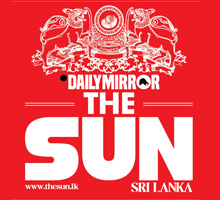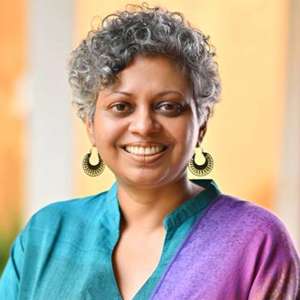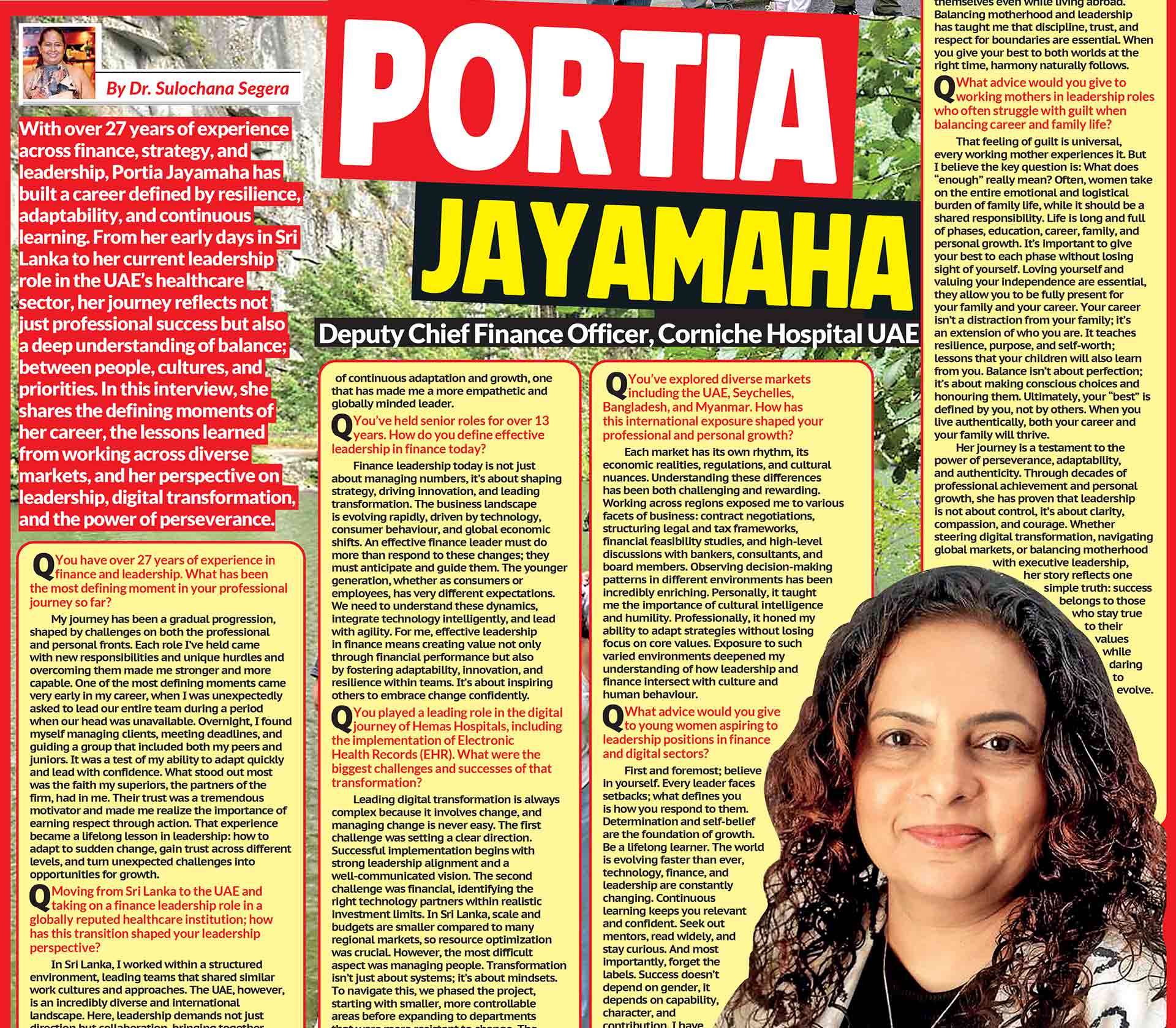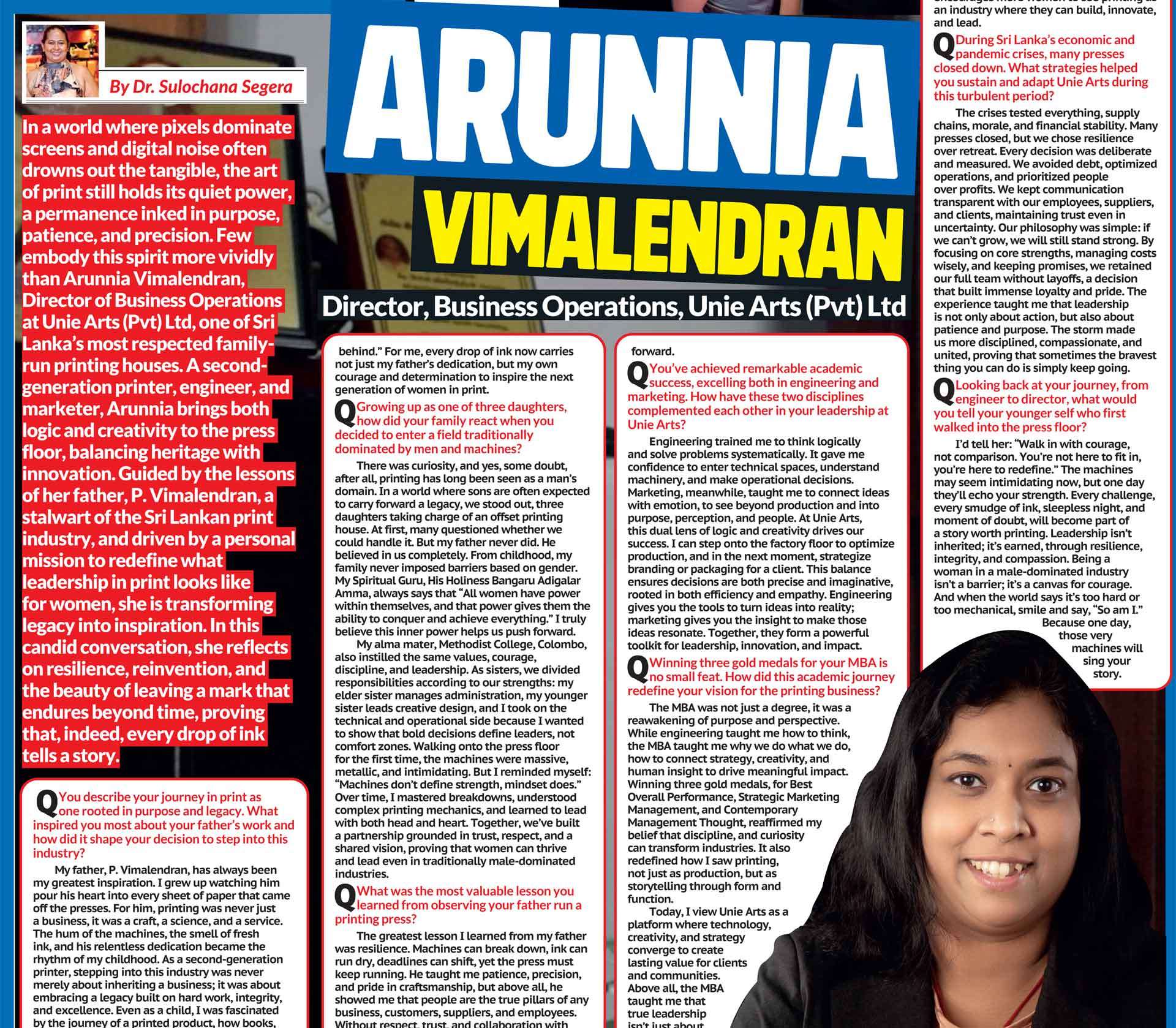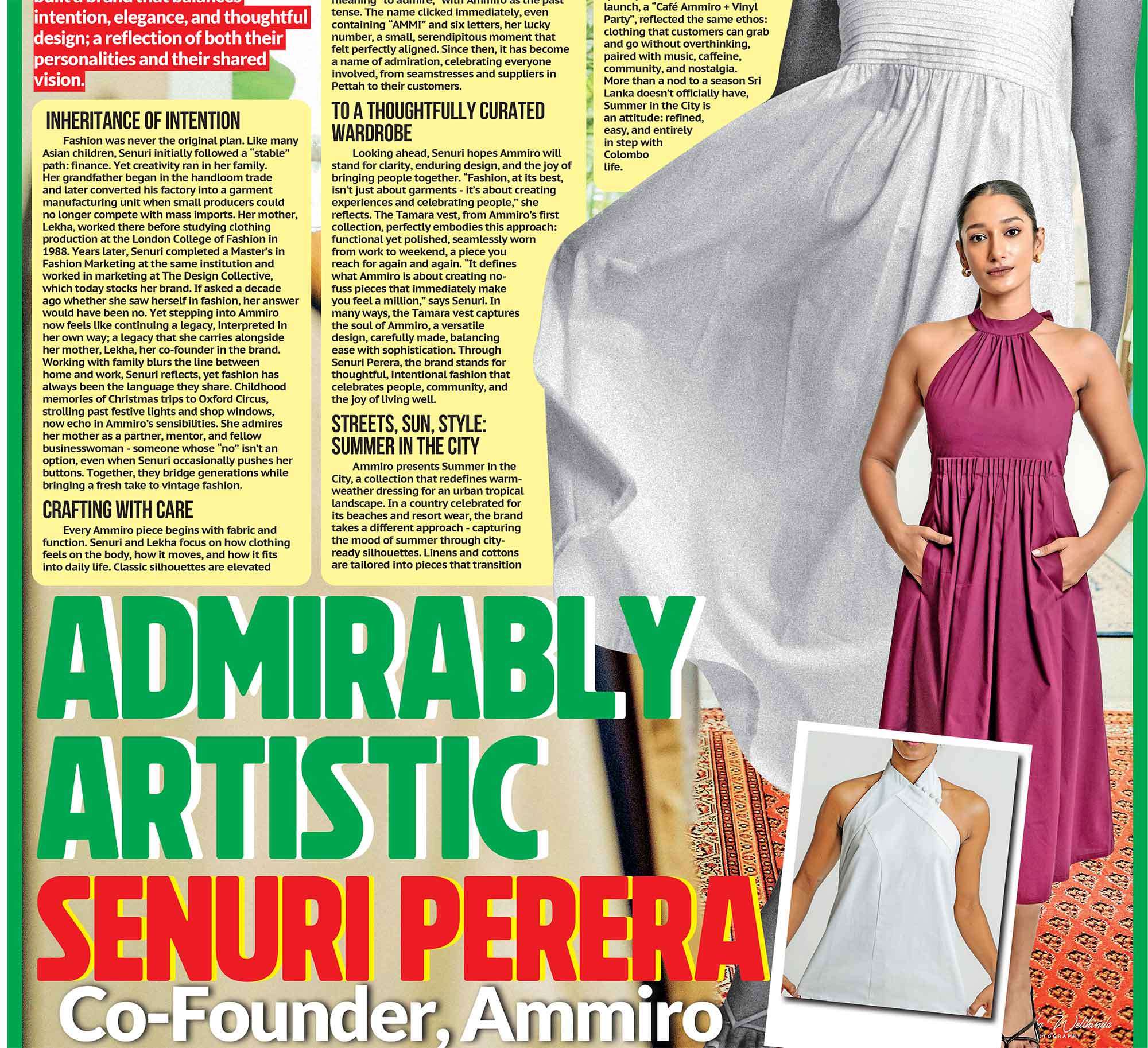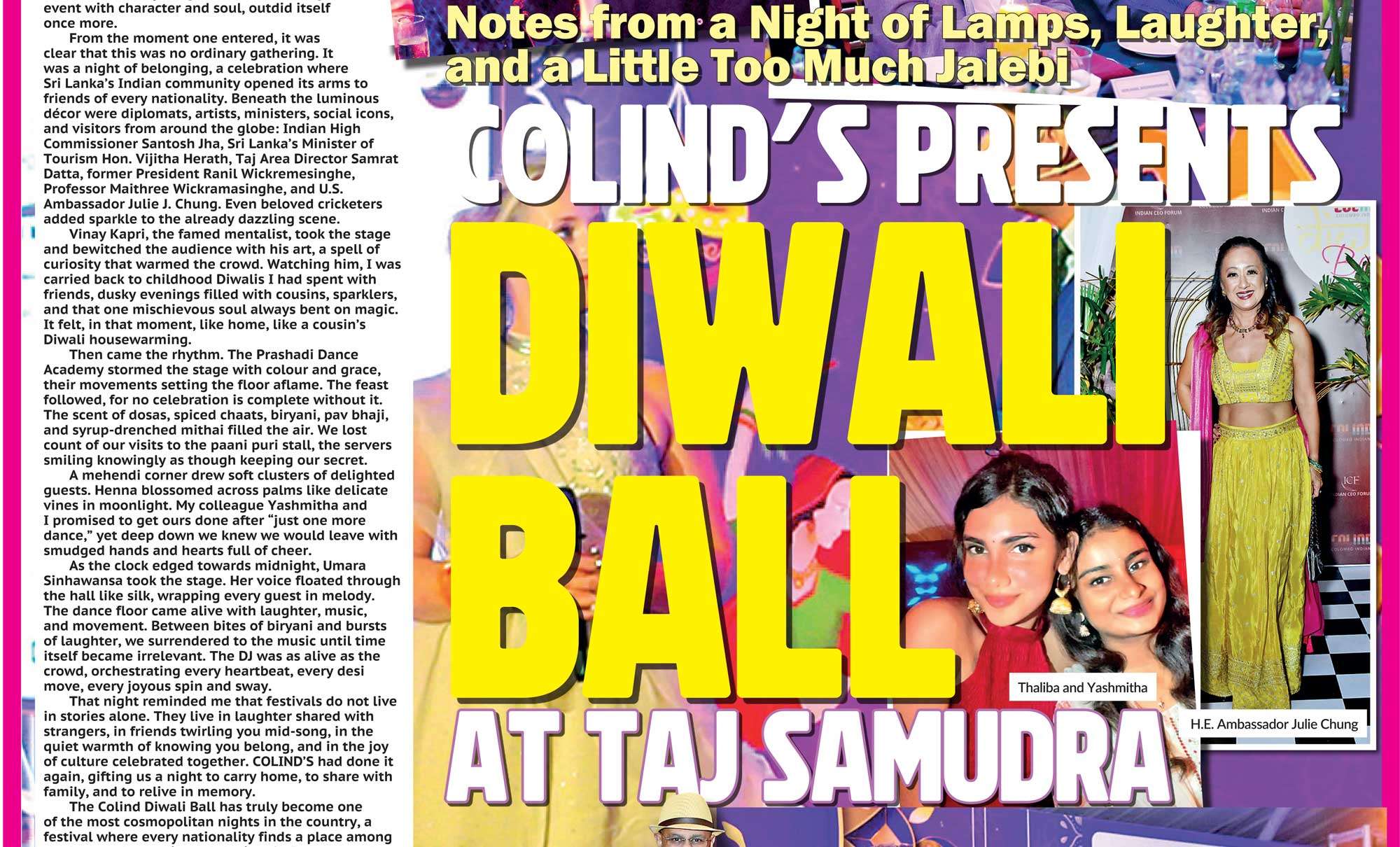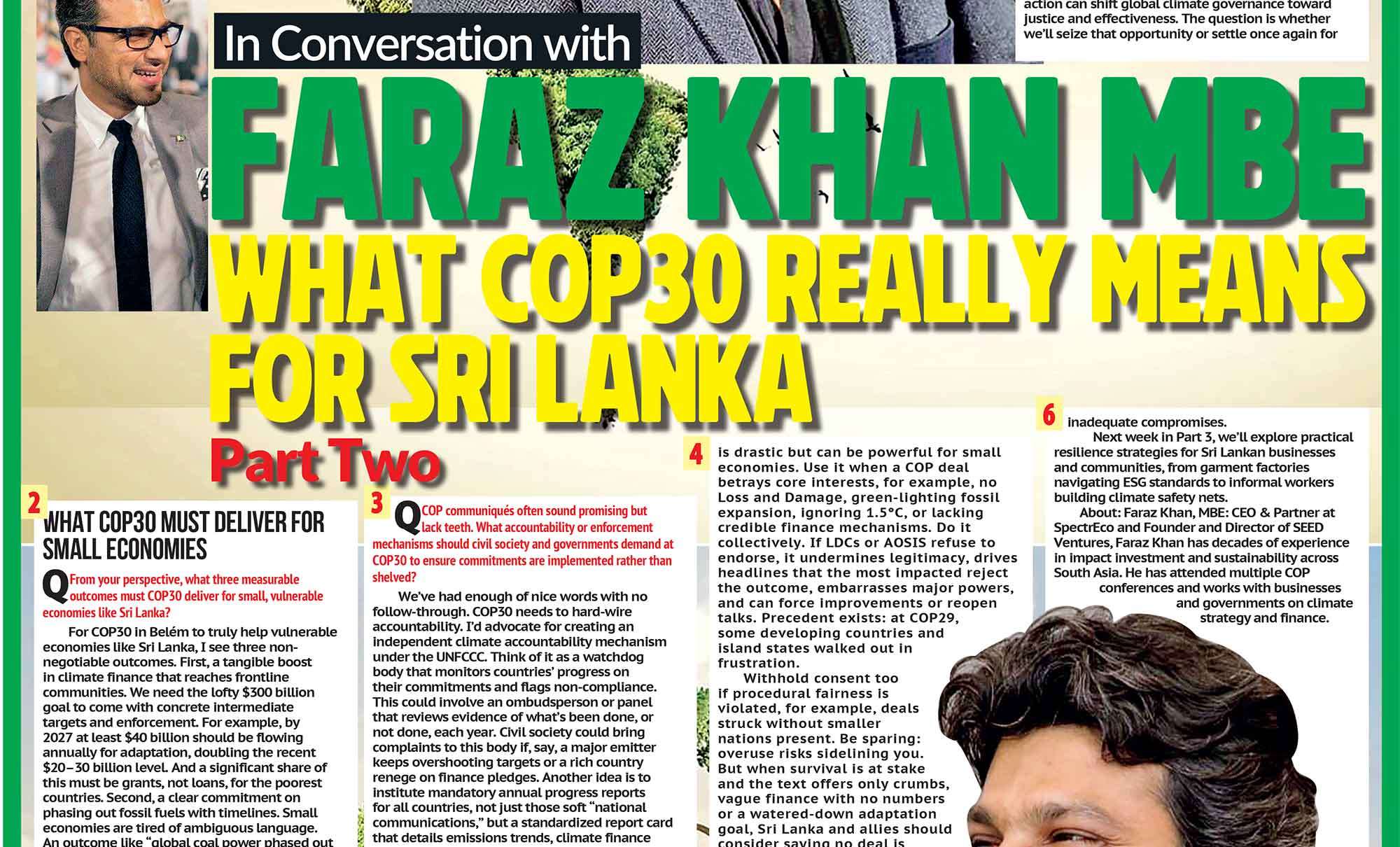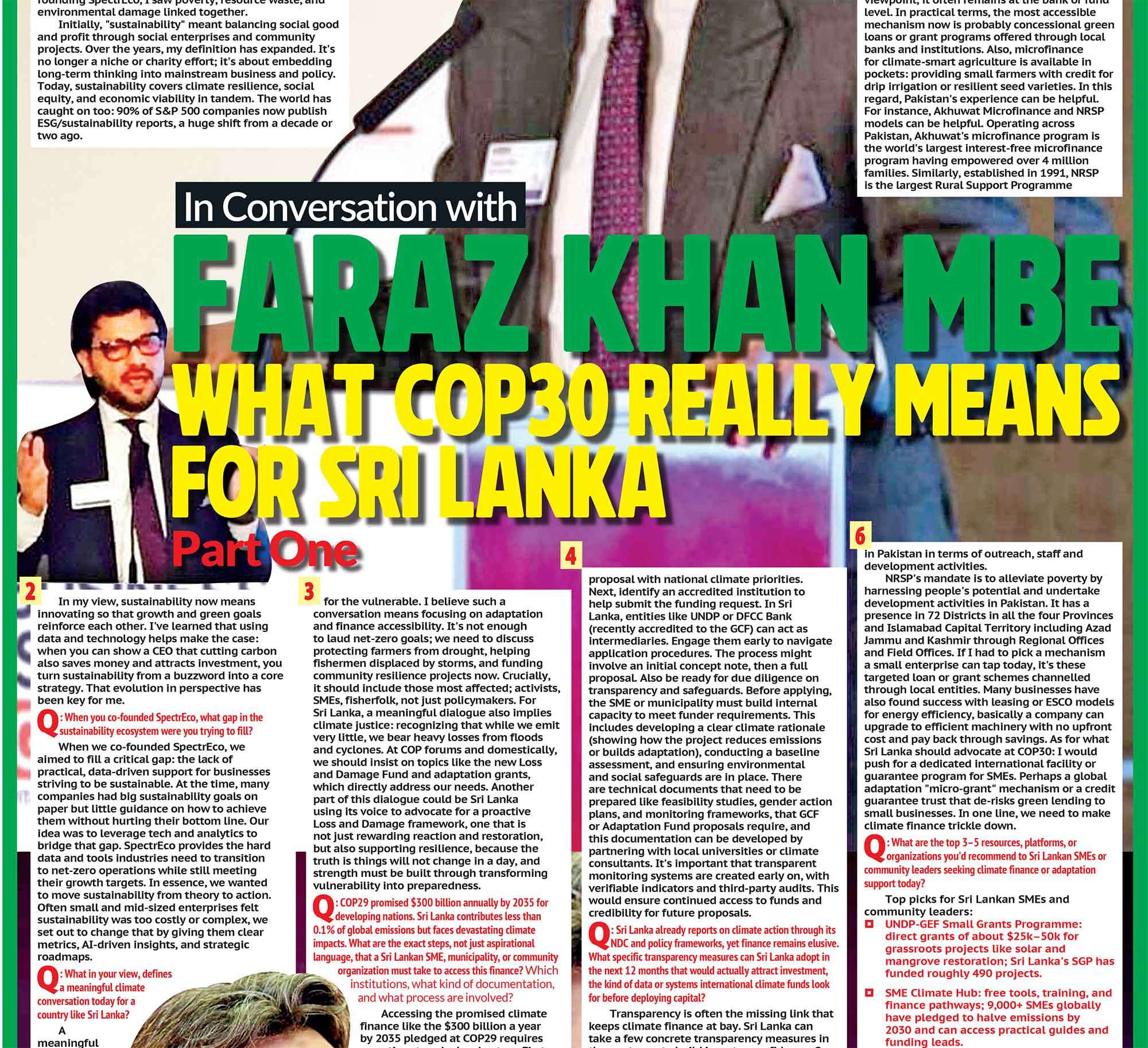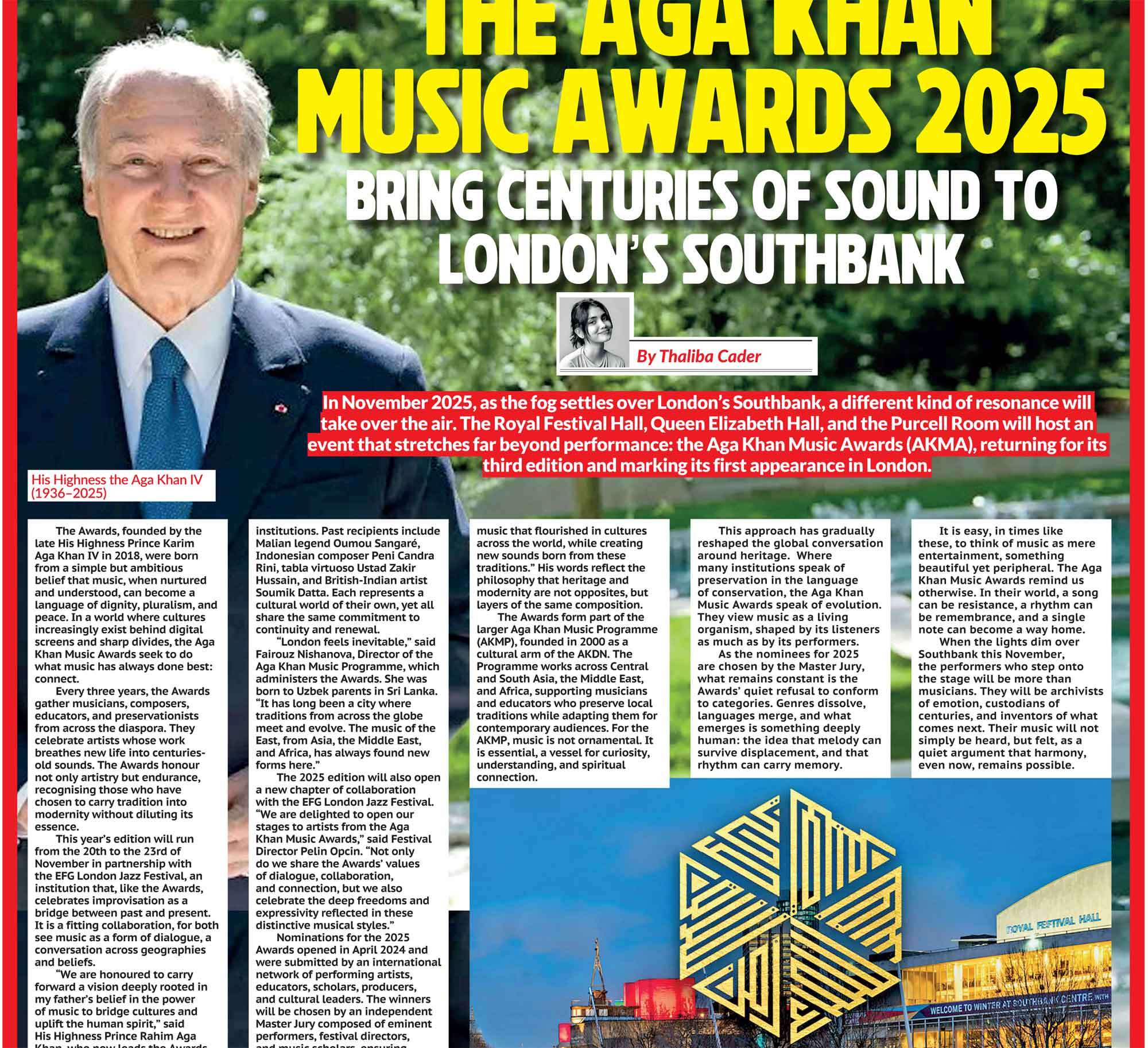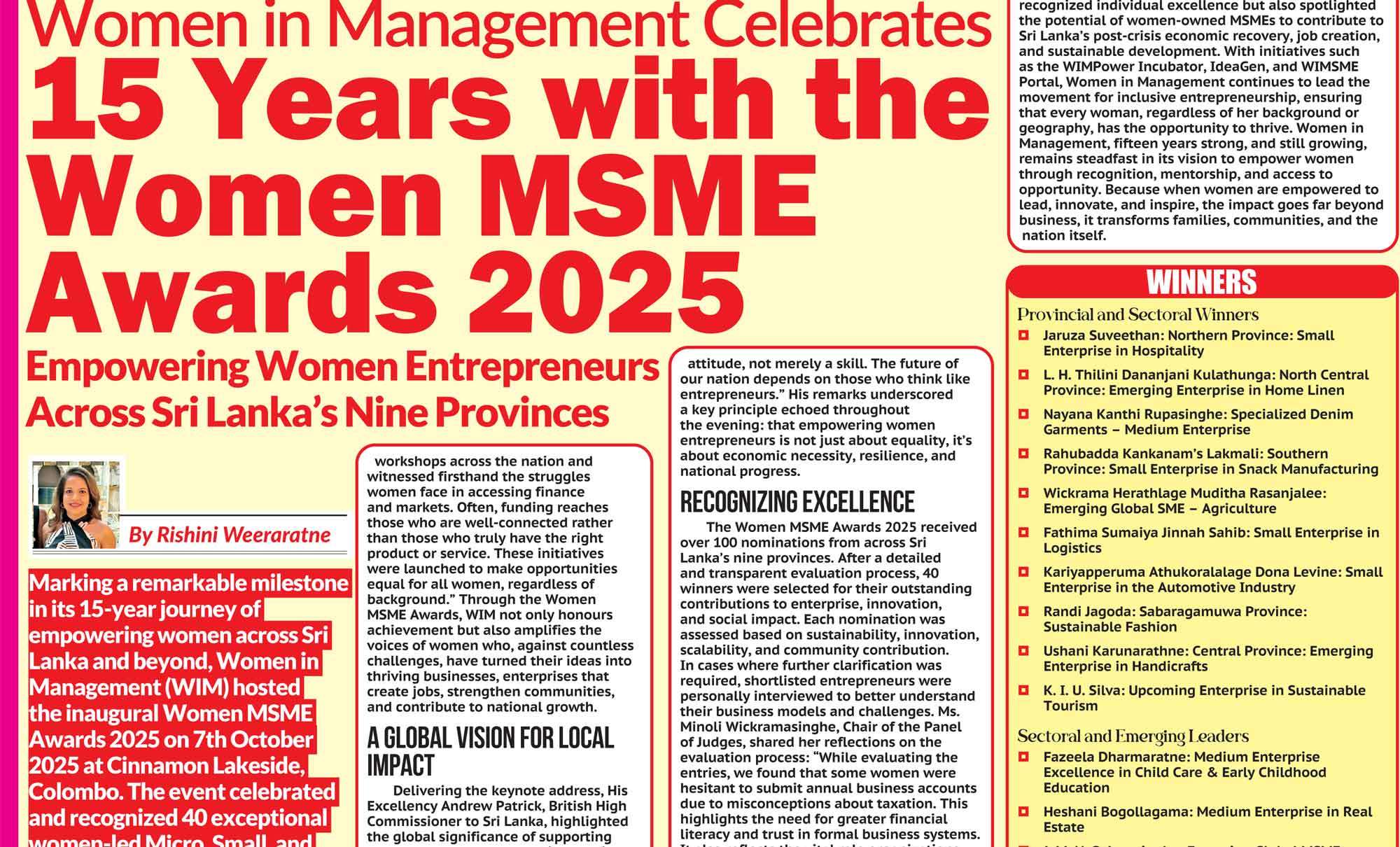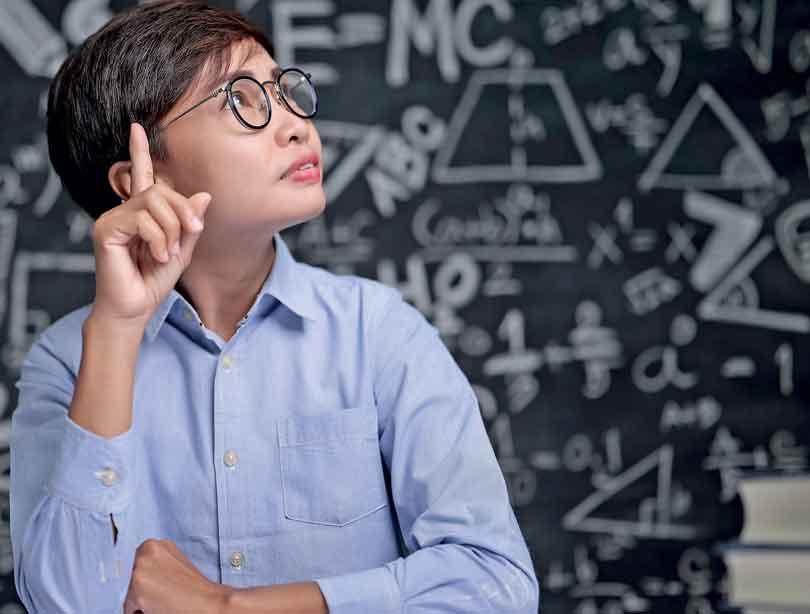
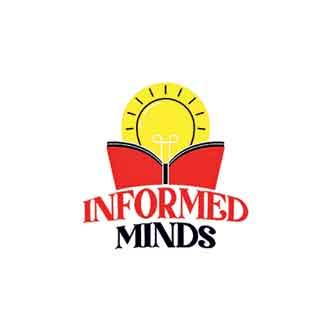
The problem is not that AI exists; the problem is that students often lack the tools to challenge it
Without analysis, information is just noise. And without synthesis, knowledge becomes fragmented and hollow
“The function of education is to teach one to think “Intensively and to think critically. Intelligence plus character.” – that is the goal of true education.”
Martin Luther King
The predominant (not to mention, extremely sad) paradox of our times is that despite unprecedented access to knowledge, most students (and increasingly adults too!) seem far less capable of original and critical thinking as compared to Gen X teenagers several decades ago. Search engines, social media feeds, and now everyone’s new best friend ChatGPT have placed answers (quite literally!) at teenagers’ fingertips, making questioning redundant, and consequently eliminating the need for independent thinking.
1
The illusion of knowledge
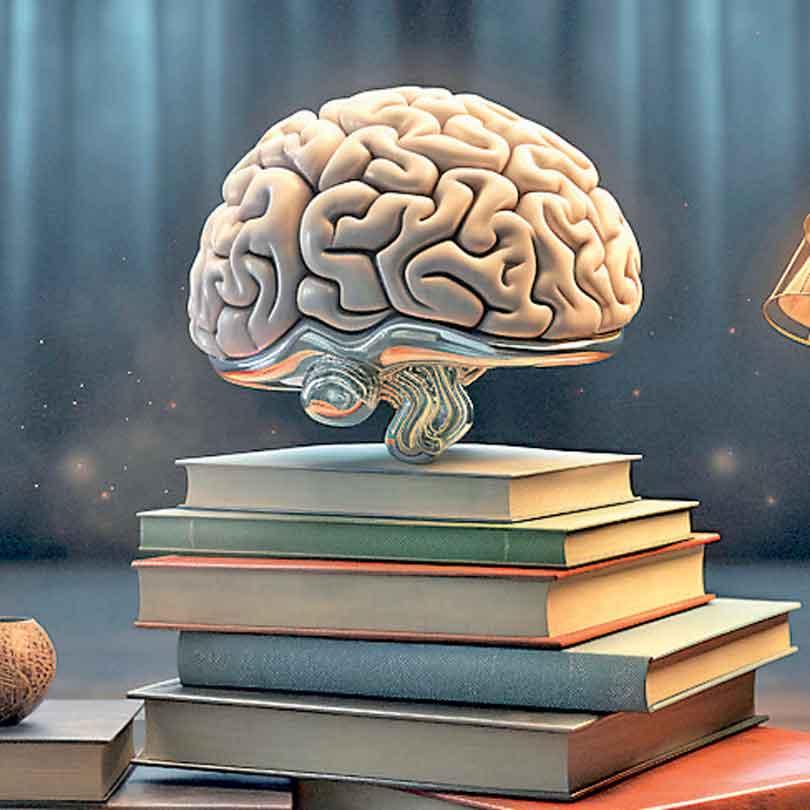
Today’s students are not short of information. If anything, they are drowning in it. With a few taps, they can summon up summaries, arguments, statistics, opinions, or explanations on virtually any topic. But too often, they consume without questioning, absorb without filtering, and repeat without understanding, and the skill of learning has quietly been replaced by the act of retrieving. This passive relationship with information leads to a dangerous illusion that knowing where to find something is the same as knowing it. But access is not comprehension. And comprehension is not insight. If we are not careful, we are cultivating a generation that mistakes quick answers for deep understanding and memorised content for independent thought.
2
ChatGPT and the new shortcut culture
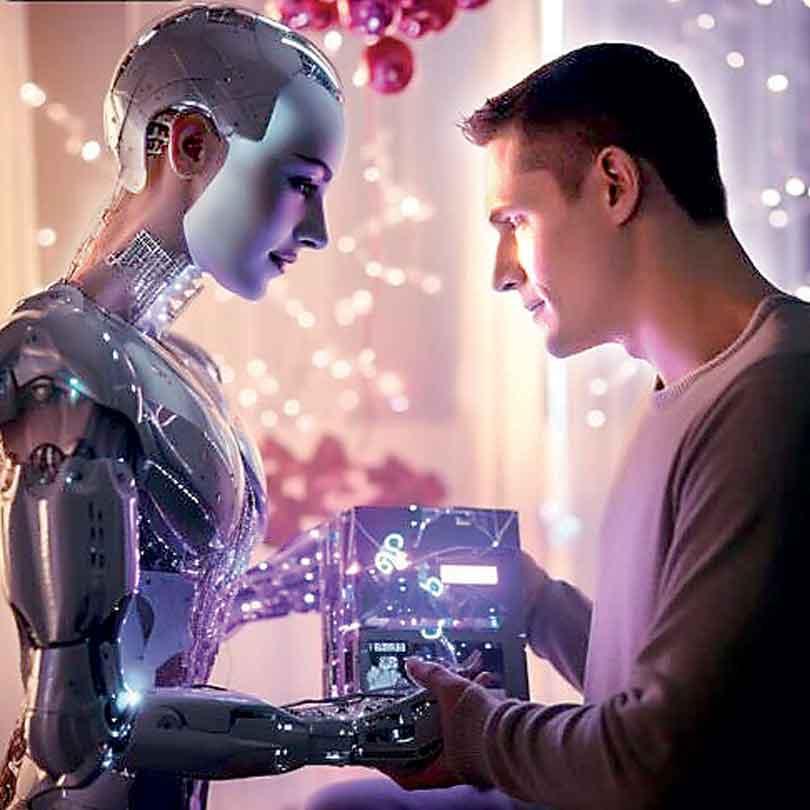
Artificial Intelligence (AI) tools like ChatGPT represent a powerful shift in the learning landscape. At its best, AI can explain, summarise, explore perspectives, and offer starting points for inquiry. But it is not infallible. It can be biased, incomplete, or just plain wrong. And critically, it cannot think for us. When students begin to rely too heavily on these tools, they bypass the essential human effort of thinking critically. Worse, they may not even notice when the information they are given is one-sided, taken out of context, or simply inaccurate. The problem is not that AI exists; the problem is that students often lack the tools to challenge it.
3
Too much. Too fast. Too unfiltered
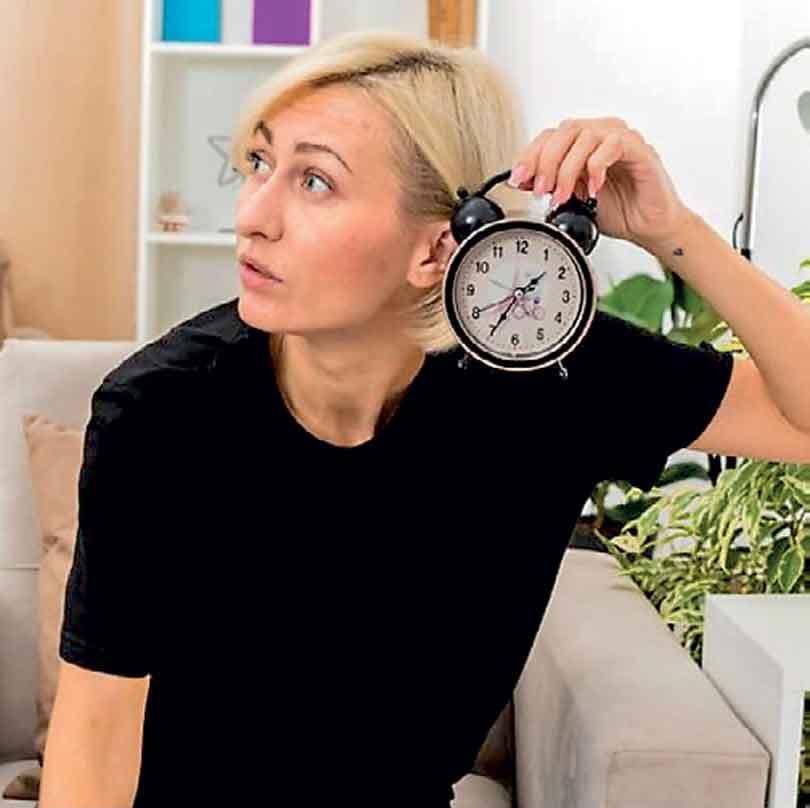
Information overload is not just an inconvenience. It is a real barrier to thinking clearly. With so much content available at such speed, students have neither the time nor the training to pause, question, and reflect. In school assignments, they are quick to cite sources but slow to assess their credibility. In discussions, they echo popular opinions but rarely probe them. In projects, they gather data but fail to interpret or connect the dots. This failure to process information, either deeply or independently, comes at a cost. Without analysis, information is just noise. And without synthesis, knowledge becomes fragmented and hollow. The end result?
Students struggle with decision-making, problem-solving, and forming nuanced perspectives.
4
The vanishing art of thinking
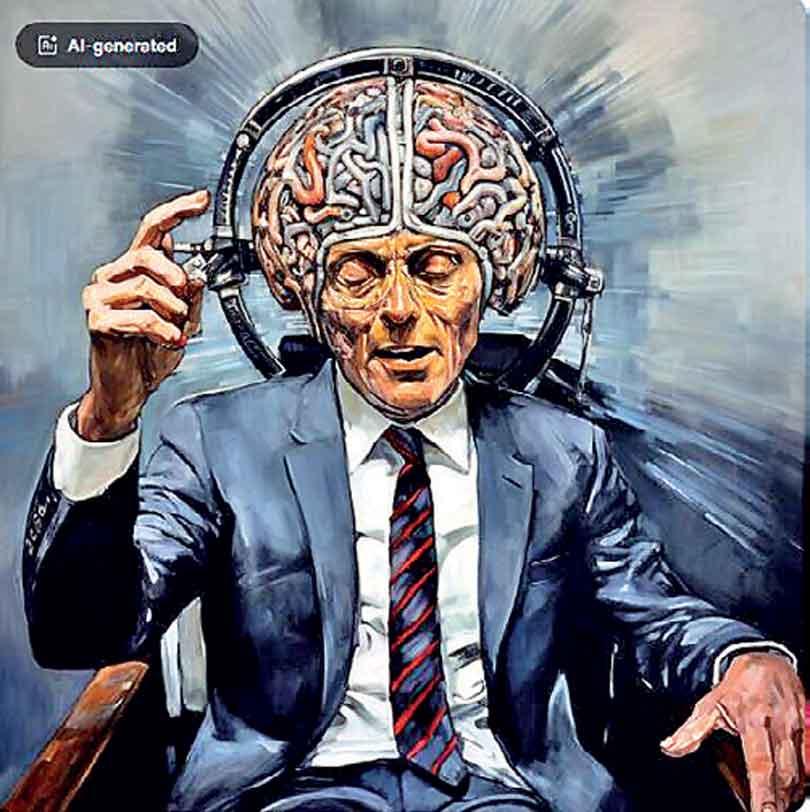
What we are witnessing is not just poor academic performance. It is the slow erosion of a mindset. When learners stop engaging with ideas, they stop building the mental muscle required for reasoning, debate, and innovation. Over time, they begin to second-guess their instincts, doubt their opinions, and wait for technology or authority to deliver the “correct” answer. But this is precisely the wrong direction to take in a world that is already being shaped by AI. If we are to stay ahead of the curve, we must do what AI cannot, which is to ask original questions, challenge assumptions, think contextually, and weigh values against outcomes.
5
Teaching students to think again
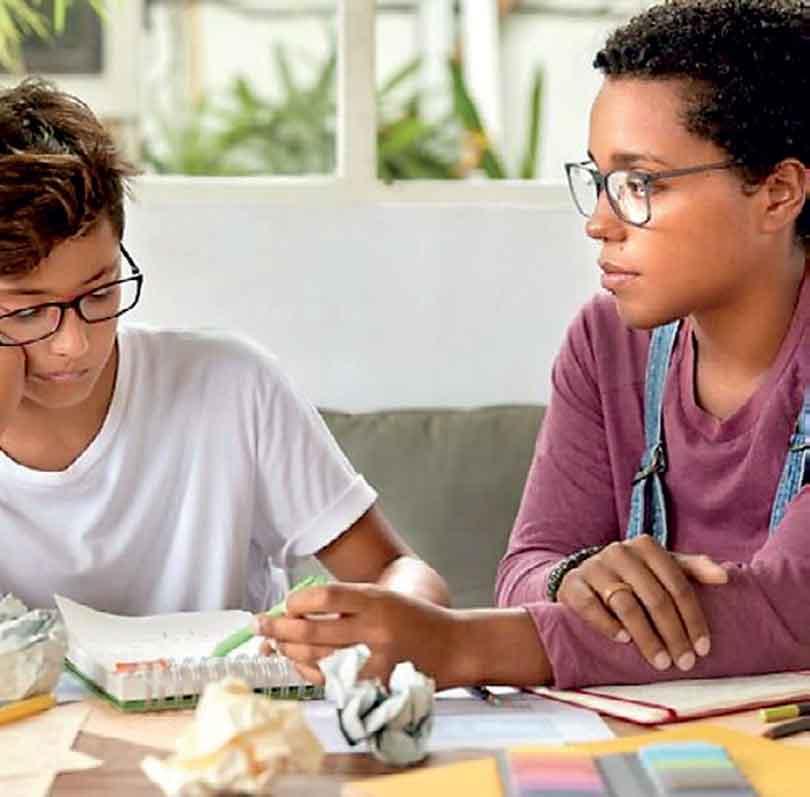
Unfortunately, there is no going back in time. Technology is here to stay, so rather than reject it, the way forward is to equip young people with the habits of independent thinking. This means teaching them to slow down and verify sources. To ask “why” and “what if”. To identify bias and seek balance. To understand that not all opinions are equally informed, and not all information is equally reliable. More importantly, it means revaluing curiosity, scepticism, and intellectual humility, traits that have always defined great learners but are increasingly hard to find in classrooms flooded with second-hand knowledge. The future does not need more students who can “parrot out” definitions. It needs thinkers who can question them.
6
Beyond information: towards wisdom
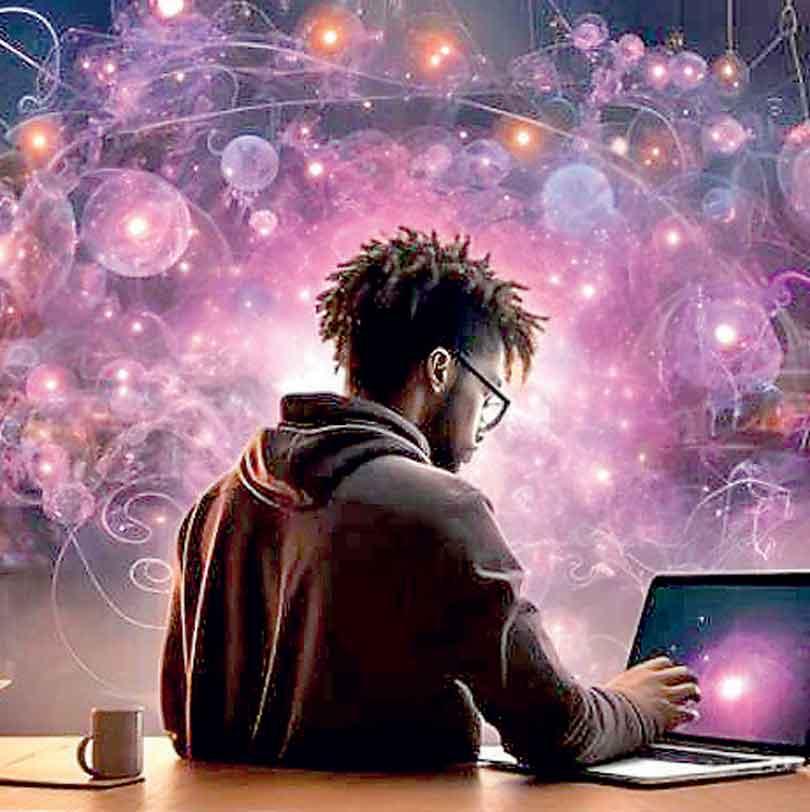
In the end, the goal of education is not just to inform, but to transform. Not just to fill minds, but to shape them. Machines process, but humans have the ability to interpret, and if we want our children to stay ahead of the digital curve and rise above the age of artificial answers, we must return to teaching the very human art of thinking. Our mission, “should we choose to accept it”, is to invest in developing students who can distinguish between data and truth, who seek perspective before judgment, and who trust their own minds enough to challenge what they are told. Independent thinking is not a relic of the past. Rather, it is the survival skill of the future.
